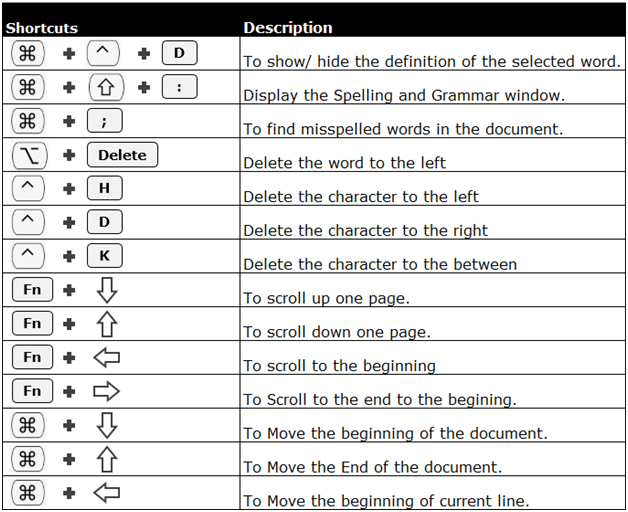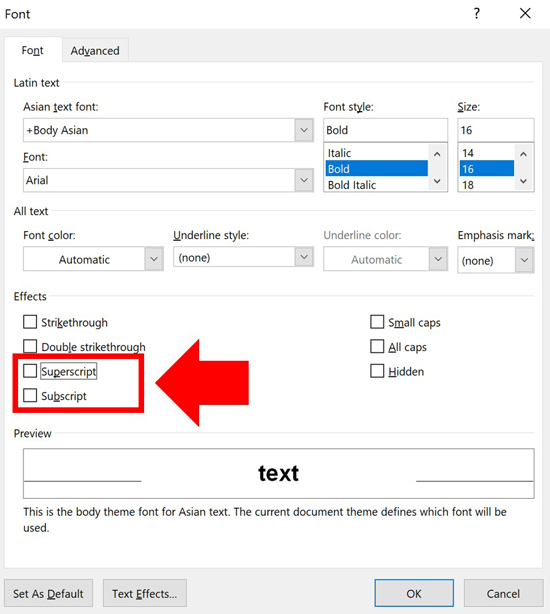

To subscript text, press “Ctrl+,” (Ctrl+Comma) keys on Windows and “ ⌘ +,” (Command+Comma) keys on Mac OS X.


To superscript text, press “Ctrl+.” (Ctrl+period) keys on Windows and “ ⌘ +.” (Command+Period) keys on Mac OS X. This is definitely a faster way to get the job done, and you’ll especially need to learn them if you often need to superscript or subscript text. You can also use dedicated keyboard shortcuts to do superscript and subscript in Google Docs. Use superscript and subscript keyboard shortcuts You can repeat the same process to disable superscript or subscript when you are done entering the data. Only once you are confident it works, then click Replace All otherwise, keep clicking Find Next and replacing individually.You’ll notice that your text cursor size will become small and show above or below the line depending on your selection. Click Find Next, then Replace for the first few.ġ7. You should now have NOTHING in either field, but text underneath each-under the both fields, you should have Font: x pt, Superscript.ġ6. In the Size column, select the font size used for the main text (e.g. Put your cursor in the Replace field, then click the Format button.ġ2. In the Size column, select the font size used for the superscripts (e.g. Put your cursor in the Find field, then click the Format button.ħ. Click More to open the extra options on that dialog box.ĥ. Open the Find and Replace dialog box (Ctrl+H for Word for Windows - not sure what it is for Mac).Ĥ. For the rest of these steps I assume 8 pt superscript and 11 pt body text.ģ. 8 pt) AND the size of the normal characters (e.g. Identify what the superscript font size is (e.g. Check if the superscripts are the same font size (I assume they are if the data was exported from somewhere else).Ģ. The steps below are for Word for Windows, but you should be able to do the same in Mac (the commands may be a little different).ġ. You’re a hero and you’ve just saved yourself a heap of editing time!

#Command for subperscript mac word how to
Perhaps the author didn’t know how to create a subscript ( Ctrl+=) or superscript ( Ctrl+Shift+=) easily, or they thought it didn’t matter, or perhaps they thought the editor would sort it out. Here’s a trick that’s been around since at least Word 6.0! It works in Word 2003, 20, even though this Microsoft Support article might make you think that it only works up to Word 97.ĭid you know that you can do a find for something like H2O and replace it with H 2O? Let’s assume you are writing or editing a scientific document and there are many instances of H2O, CO2, H2SO4, m3 (cubic metres) etc.


 0 kommentar(er)
0 kommentar(er)
